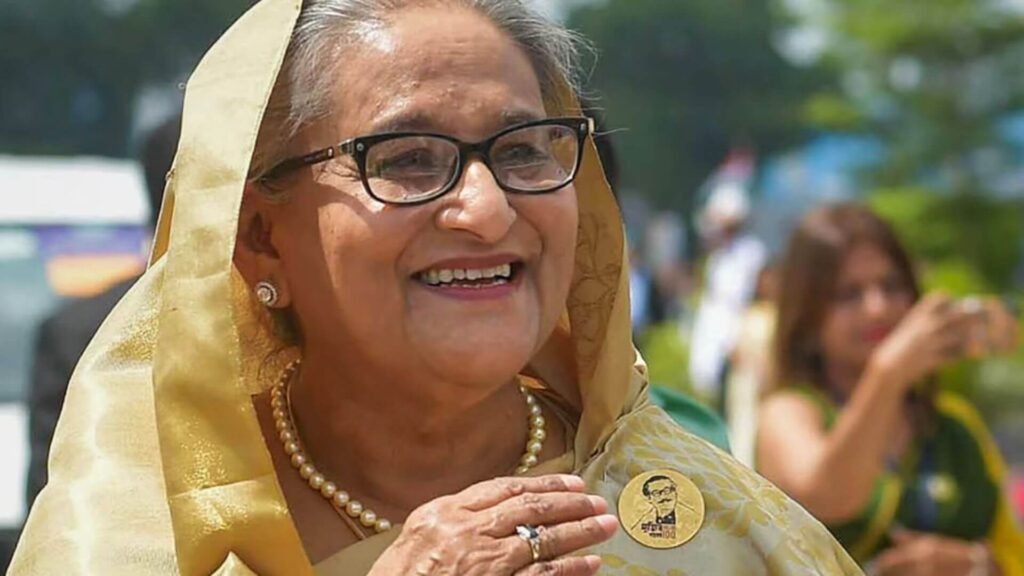After 15 uninterrupted years as Bangladesh’s prime minister, Sheikh Hasina resigned abruptly on Monday, fleeing the country amid a political crisis. Her resignation marked the end of her long tenure, making her the longest-serving leader in Bangladesh’s history and the longest-serving female head of government globally.
Political unrest began weeks earlier with protests against a controversial government job quota scheme. These demonstrations quickly became broad resistance to the Awami League party and Hasina’s rule. The situation worsened, leading to public discontent and deadly clashes.
Leading Bangladesh since 2009, Hasina won a fourth consecutive term in January through dubious elections. As the unrest grew, protesters burst into her official residence, the Ganabhaban, to celebrate the end of her regime.
Sheikh Hasina held office from June 1996 till 2001. She came back to power in 2009 and won every election that followed. Still, accusations of vote fraud and competitor jail have stained her rule. Citing doubts about their objectivity, the Bangladesh Nationalist Party boycotted the polls this year.
The protests initially focused on a job quota policy for freedom fighters, which had been reinstated by Hasina in June after being canceled in 2018. Government jobs, highly sought after in Bangladesh, became a flashpoint for demonstrations. The protests, initially peaceful, were met with severe force, leading to numerous fatalities.
The government imposed a nationwide curfew as violence spread, but protests continued. On Monday, Sheikh Hasina resigned and escaped to India, accompanied by her sister. Protesters looted her residence and celebrated her departure.
Hasina arrived at a Delhi airbase and may soon travel to Britain. Meanwhile, an interim government will be established, and the army chief has called for an end to the violence and promised a thorough investigation into the recent clashes.









